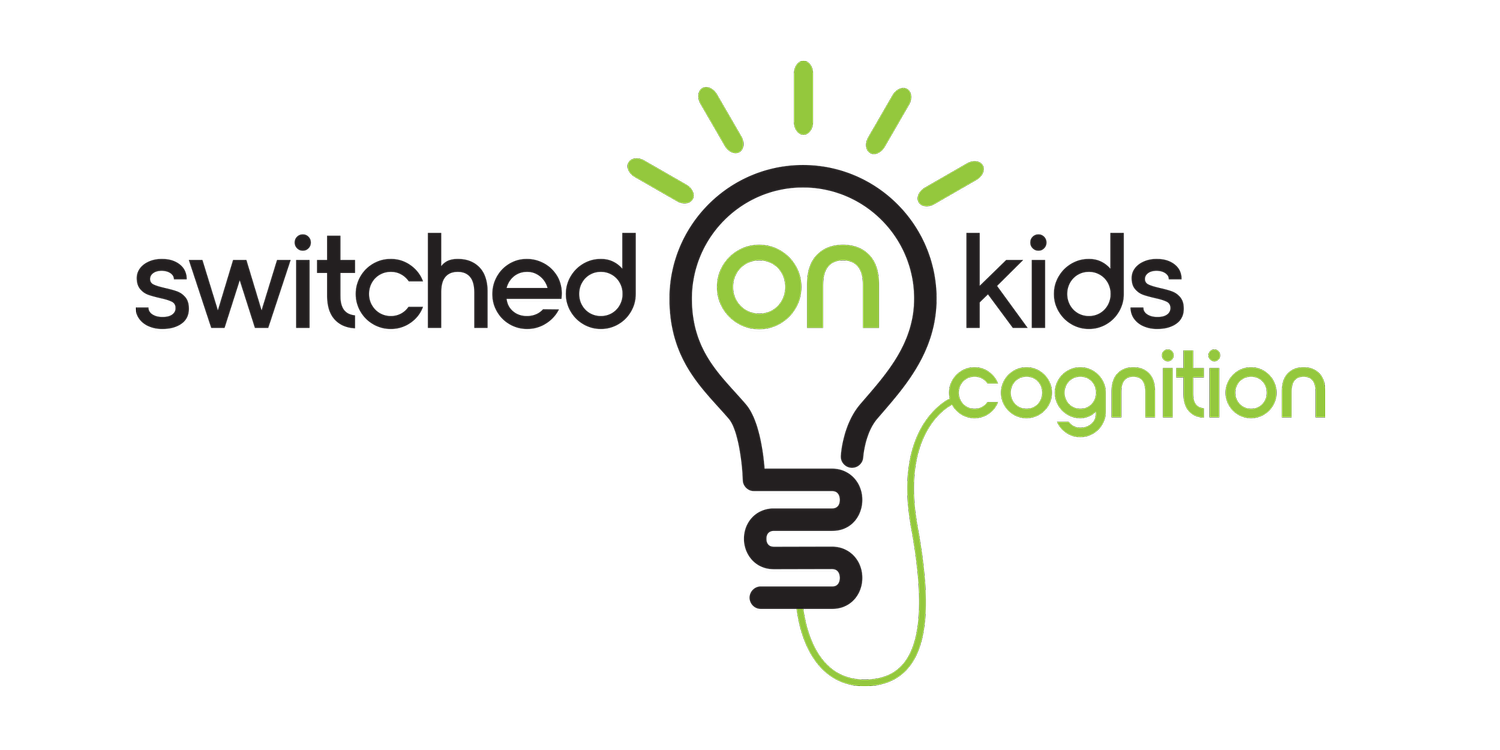Polyvagal theory
Following on from my previous blog I wanted to dive deeper and introduce Polyvagal theory. I am curious as to how many people have heard of polyvagal theory. Are you familiar with it? The person behind polyvagal theory is academic/scientist Dr Stephen Porges, however the theory is now used widely in clinical and therapeutic practice. This is because it so neatly ties stress/body/central nervous system responses to behaviour and then provides practical solutions which involve stimulation of the vagus nerve (don’t worry, it is less weird than it sounds).
We know that our brain is wired to keep us SAFE. This is the number one job of our central nervous system. If we feel unsafe or threatened in any way, we react by either freezing (playing dead) or launching into fight/flight mode.
Freeze can look like:
Withdrawal
Playing dead
Numb/zoned out
Indecision
Depression
Daydreaming
Isolation
Holding breath
Fight can look like:
Aggression to threat
Attacking, hitting throwing
Biting, spitting, hissing
Shouting & yelling
Oppositional
Controlling
Demanding
Angry & defensive
Non-compliance
Flight can look like:
Running from threat
Fleeing, hiding, or escape
Restless & fidgeting
Unfocussed & inattentive
Avoidance
Anxious, on edge, and scared
Panic
These behaviours are driven by our brain and sympathetic nervous system. They are “bottom-up” reactions that are not under conscious control and do not involve high-level cognition. They do, however, have a powerful effect on our emotions and thoughts. This is where an understanding of polyvagal theory can be helpful. The vagus nerve (10th cranial nerve) is often termed the “wandering nerve”. It is part of the autonomic nervous system (involuntary) and is one of the longest nerves in the human body. It begins in the brain stem (base of the brain) and extends through the neck and into the chest and abdomen. The majority (80%) of its fibres are sensory. It plays a major role in regulating heart rate, breathing, and gastrointestinal functions. There are two vagal nerves: named from where they originate from on the brain stem, one dorsal and one ventral (top and bottom). The graphic below provides a simple (I hope) overview –
We need to simplify further before we can get too meaningful in terms of behaviour and practical solutions. Most of us are aware of the role our sympathetic nervous system plays. It is the CEO of “fight or flight” responses. When we are exposed to stress or threat our responses are FAST. This system activates fast heart rate, alertness, rapid eye movements, hitting, shouting, baring teeth, biting, sweaty body, fast/jerky movements, screaming, running, etc!
The action of our parasympathetic nervous system and the vagal nerves is more complex. In general, the parasympathetic nervous system is involved in “rest and digest”. It tends to conserve energy, decrease arousal, and relax us once immediate threats have passed.
The dorsal pathway is old in evolutionary terms. It is the oldest pathway in the body and enables us to shut down (immobilise or play dead) to save our life. Individuals in a dorsal vagal state show symptoms of hypoarousal, freeze, withdrawal, numbness, and dissociation. There is often overactivation in this pathway in people who have suffered trauma. This can be very difficult to recognise in quiet children or children who have experienced significant early adverse life events and trauma. When we are immobilised or frozen, we are less likely to make eye contact and struggle to tune into human voices and social behaviour in our environment.
The ventral vagal pathway is far newer (in evolutionary terms). Stephen Porges has termed this the pathway for “social engagement”. When we feel safe and secure in our body, environment, and relationships we will naturally reach out and seek human connection and social engagement. Children on this path will be relaxed, curious, and smiling. They will make eye contact, be alert and ready to learn. Adults in a ventral vagal state will be calm, able to connect with their children, and able to cope with the everyday stress of life.
Polyvagal theory in therapy aims to activate the ventral vagal nerve. And there are several practical (free) ways we can do this. All the activities below have been shown to decrease heart rate, increase heart rate variability (high variation in time between each heartbeat reflects a healthy, relaxed state), lower blood pressure and reduce stress:
Priortise human connections. Rich social connections, friendships, and family relationships decrease stress and promote well-being. Connect, connect, connect!
Practice diaphragmatic breathing ("slow abdominal breathing ") with long exhalations. This instantly stimulates the vagus nerve and lowers "fight-or-flight" stress responses.
Practice yoga. Activities such as yoga and tai chi increase and stimulate vagal afferent fibres and parasympathetic nervous system activity.
Look after gut health. The vagus nerve is considered a bridge between the brain and the gut/enteric nervous system.
Singing, humming, and chanting stimulate the vagal nerve and increase heart rate variability.
Stimulate the “Diving Reflex” via cold exposure. A cold shower provides instant vagal nerve stimulation. I wouldn’t recognise trying this one on your kids! Splashing cold water on your face or wrists can provide a similar, but less intense, effect.
Practice mindfulness, meditation, positive self-talk, and being present.
Tapping, acupuncture, and massage are also linked to vagal nerve stimulation, decreased anxiety, and general well-being.
I have found all the above helpful during times of stress. Both of my kids LOVE tapping, I don’t tend to follow any script or specific sequences, but both kids find it instantly calming and relaxing. Twenty years ago I was told by a doctor that I had fast, shallow breathing so the breathing exercises have been most helpful for me.
I would love to know what you found most helpful so please reach out and let me know!
To learn more about my 1:1 services please see HERE.





